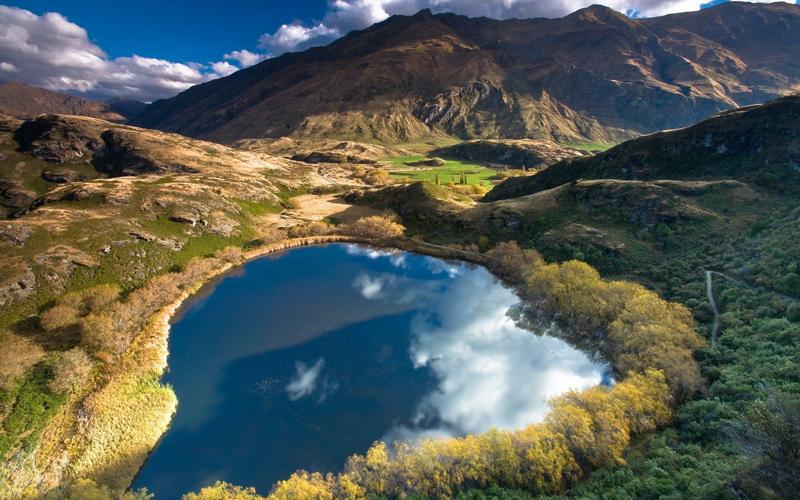Understanding the Rich Cultural Values of Peru
Peru is a South American country that boasts of a rich cultural heritage dating back to pre-Columbian times. From its pyramids that rival those of ancient Egypt, to its vibrant food culture, music, and dance, Peru has a unique blend of indigenous, European, and African influences. This article provides insights into the rich cultural values that define Peru and make it a significant contributor to the world’s cultural diversity.
History of Peru’s Cultural Heritage
Peru’s cultural heritage dates back to pre-Columbian times when indigenous cultures such as the Nazca, Moche, Chavin, and Inca thrived in the region. The Incas, in particular, left an indelible mark on the country’s cultural identity by building impressive structures like the Machu Picchu citadel that continue to attract tourists from all over the world. The arrival of the Spanish in the 16th century brought a new wave of cultural influences that shaped Peru’s artistic, religious, and culinary traditions.
Peruvian Cuisine
One of the most notable aspects of Peru’s cultural heritage is its cuisine, which combines indigenous, European, and African influences. Peruvian food is diverse, flavorful, and has become a point of pride for the country. Some of the popular dishes include ceviche (marinated seafood), lomo saltado (stir-fried beef), and ají de gallina (spicy chicken stew). Moreover, Peru is known for its variety of potatoes and chili peppers, which form the basis of many of its dishes.
Music and Dance
Peru is home to a variety of music and dance styles that reflect its diverse cultural influences. From the Afro-Peruvian rhythms of the coast to the Andean huayno, Peruvian music is vibrant and colorful. The marinera dance is the national dance of Peru and is a fusion of indigenous, Spanish, and African elements. The dance is performed during national celebrations and competitions and showcases the country’s cultural richness and diversity.
Traditions
Peruvian cultural traditions cover a wide range of areas, including religion, crafts, and art. The Catholic Church has played a significant role in shaping Peru’s religious traditions, while indigenous cultures have preserved their spiritual beliefs and practices. Crafts such as pottery, weaving, and wood carving represent some of Peru’s artistic heritage. The country is also home to world-class museums that showcase its rich cultural history.
Conclusion
In conclusion, understanding the rich cultural values of Peru is crucial to appreciating the country’s contributions to the world’s cultural diversity. Peru’s cultural heritage is a mix of indigenous, European, and African influences that have evolved over time to form a unique identity. From its cuisine, music, and dance to its religious, artistic, and historical traditions, Peru has a rich cultural tapestry that should be celebrated and preserved.
WE WANT YOU
(Note: Do you have knowledge or insights to share? Unlock new opportunities and expand your reach by joining our authors team. Click Registration to join us and share your expertise with our readers.)
